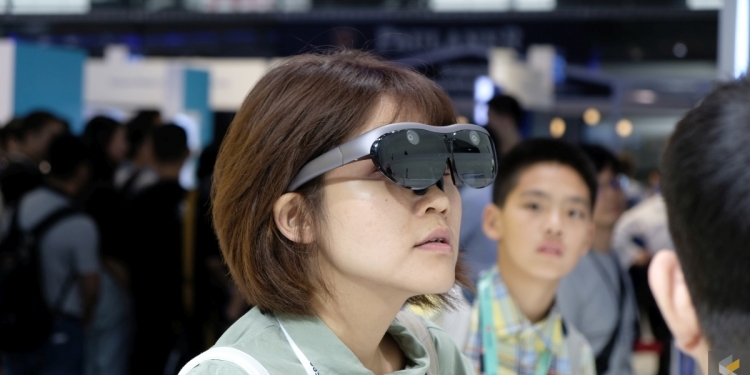Augmented Reality glasses have launched over the past few years to varying degrees of success. But, I think because of the way they looked–and their sheer size–none of them really caught on. Which is why I was surprised when Vivo unveiled their take on what they think AR glasses should look like–and they looked a lot like the kind of glasses many manufacturers are trying to avoid.
That said, Vivo’s AR glasses are the way they are for a couple of reasons. For one, they’re still in the early prototyping phase, so the looks aren’t really high up their list of priorities just yet. Then. there’s the fact that these AR glasses are designed to do more than push notifications from your smartphone.
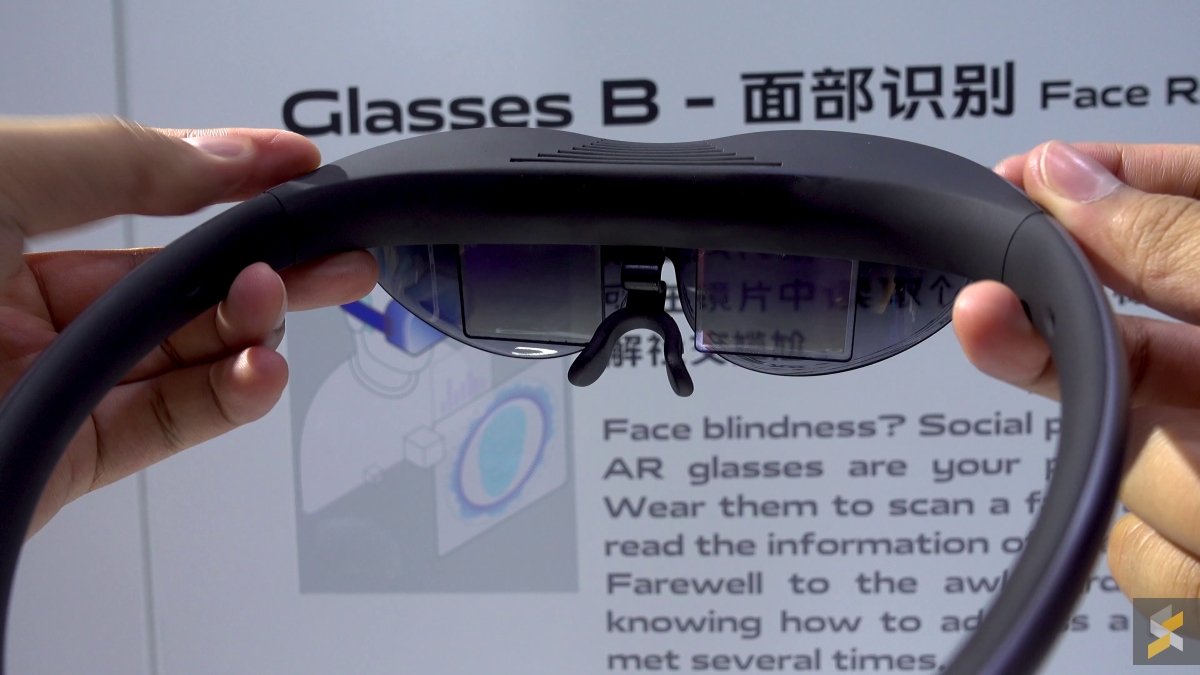
As a result, the glasses are quite the chunky accessory–definitely not the delicate things you’d usually find on people’s faces. It looks a lot more like the Windows Mixed Reality glasses I saw a few years ago. The main body of the AR glasses is connected to the arms that go around your face, but the piece over your brow is significantly fatter than the rest because that’s where all the cooling takes place. From that, two screens jut out into where your eyes would be to project the image, and over that you have the protective cover that makes it look like a pair of glasses.
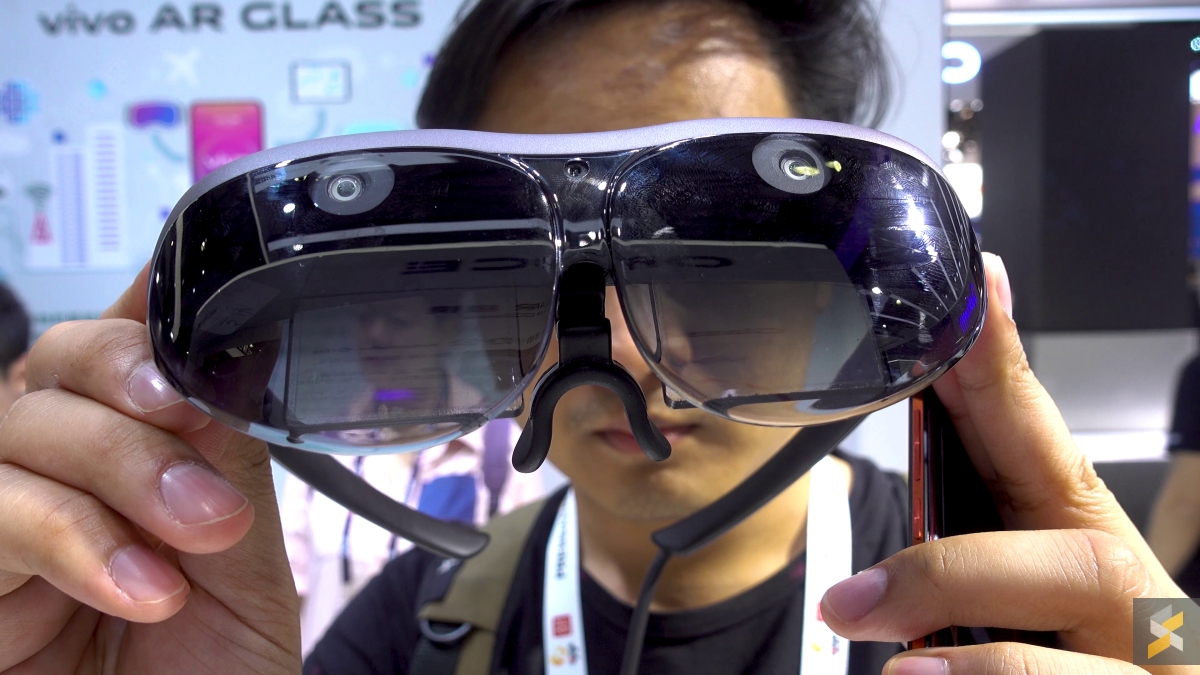
Up front, you’re also greeted with a pair of depth sensors over each eye plus an RGB camera right smack between your brows. Then, there’s the most obvious feature of all: The USB-C cable that sticks out of one of the glasses’a arms. This probably caught me off guard the most because I thought the only way to make one of these work would be wirelessly. And, when I asked the product person from Vivo at the booth, they told me that they haven’t conceived of an iteration of these glasses without the USB-C cable. Not off to a great start.
But, let’s look at what it can do instead
At their booth in MWC Shanghai, Vivo showed off a couple of demos highlighting some of what you could do with these AR glasses. But I’ll be honest, I wasn’t completely sold on any of it.
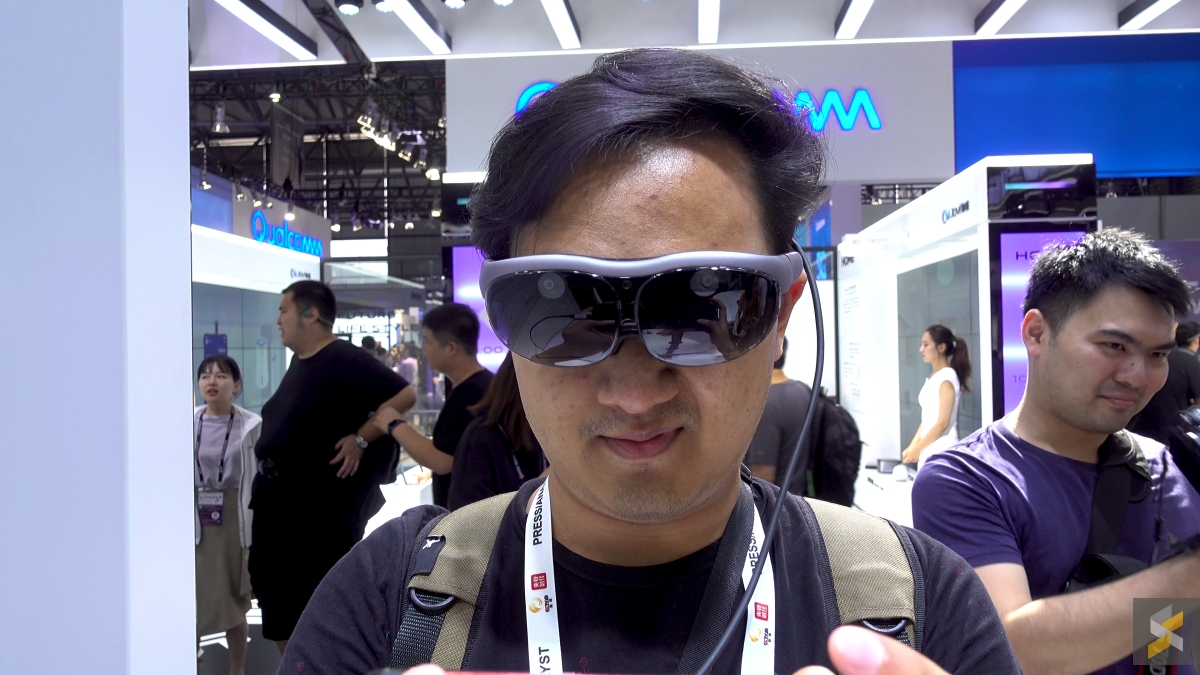
First, I got to try the gaming demo. The game itself was pretty basic: You’re in a space ship, you shoot things with by tapping on the attached smartphone’s screen, and you aim with your head. Again, this isn’t something we haven’t seen before especially in the realm of VR gaming. Plus, I don’t really see the benefit of converting this experience into the AR realm because once the game started, the world around me faded and my attention was solely drawn by the game. But, because of the AR nature of the glasses, what I ended up looking at was what looked like a poor projection in a room that was a little too bright.
Next up, they showcased a demonstration with facial and object recognition. With these AR glasses, the idea is that you will never need to remember anyone’s face ever again because the moment you look at someone, a bit of information about them will pop up in your periphery…at least, that’s how it was supposed to work. When I went to try it out, it refused to work, forcing the crew there to restart the demo. The same idea also applies to the object recognition demo, which after two objects also failed to detect and required a restart. Maybe I’m just cursed by the demo gods, but I guess I shouldn’t be too surprised since this is after all a prototype
I haven’t seen a novel idea yet
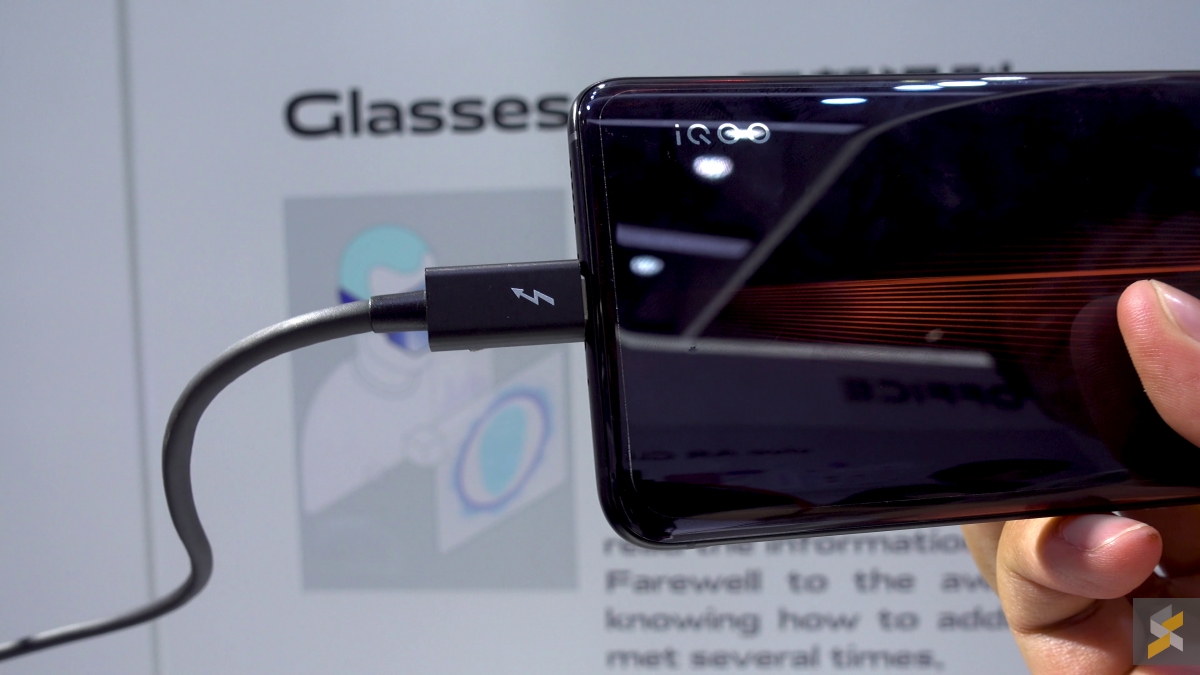
The thing that I was most disappointed to find was that I haven’t seen a novel idea yet. Everything was something we have already seen before, and they weren’t even packaged into a new revolutionary form-factor. I mean, it still uses a USB cable for connection! But, I do think that there is a lot of potential in AR wearables. And if Vivo really wants to succeed here, they definitely need to make it smaller, lighter, cooler, and most importantly, wireless.
That said, although I wasn’t super impressed with the AR glasses, Vivo’s next-gen fast-charging technology did absolutely blow my mind. It fully charged a 4,000 mAh battery in just 13 minutes–which is absolutely insane. Check out my video on it if you haven’t already.

